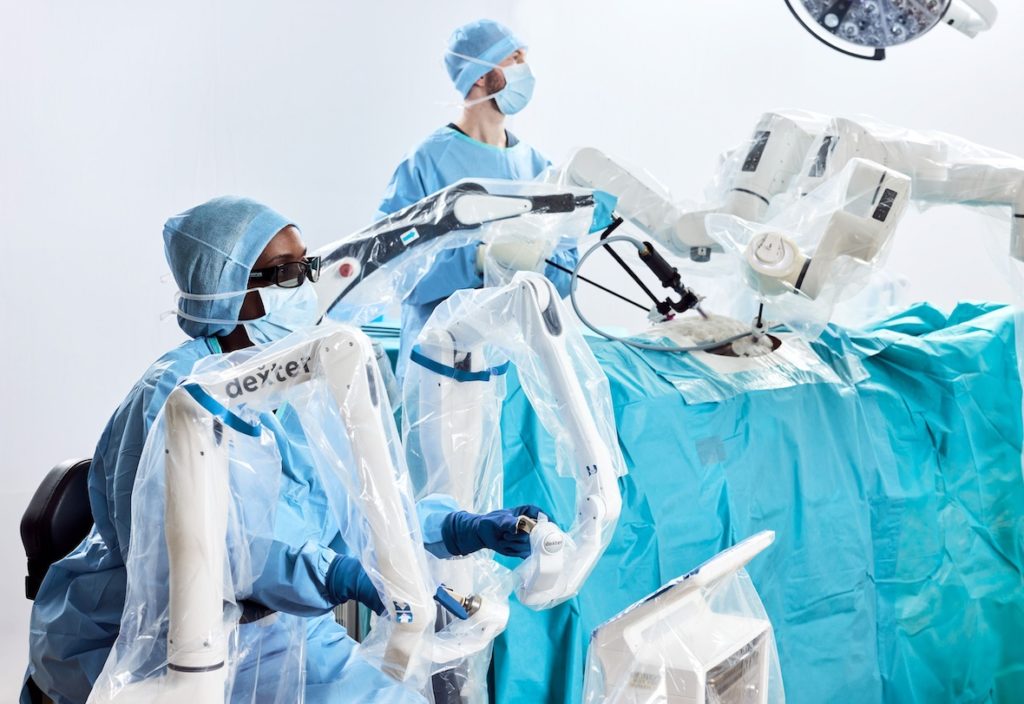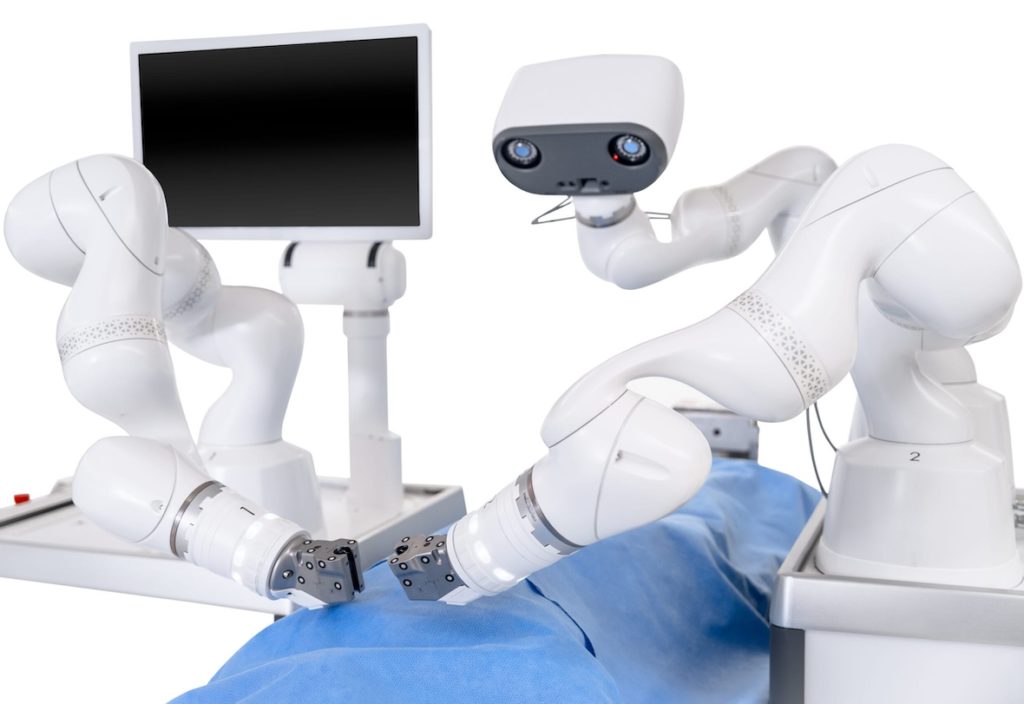
CHUV opens new ambulatory radiology facility to improve patient access and diagnostic capacity
25 November 2025
 CHUV’s new ambulatory radiology space brings MRI, CT and ultrasound services together in a dedicated 1,700 m² facility. | © CHUV 2025 / Jeanne Martel
CHUV’s new ambulatory radiology space brings MRI, CT and ultrasound services together in a dedicated 1,700 m² facility. | © CHUV 2025 / Jeanne Martel
CHUV has opened a new ambulatory radiology facility in Lausanne to centralize imaging services and modernize its diagnostic infrastructure.
The Lausanne University Hospital (CHUV) has opened a new radiology space dedicated exclusively to ambulatory patients. Located at the heart of the hospital campus and close to the main entrance, the new facility centralizes imaging services that were previously distributed across several sites in Lausanne. Covering more than 1,700 square meters, the space is designed to streamline patient pathways and strengthen continuity of care.
The new center brings together all CHUV’s ambulatory radiology installations, previously located in the main hospital building, the Centre Leenaards de la Mémoire and the Grand-Chêne radiology center. By separating ambulatory and inpatient flows, CHUV aims to improve access to imaging, reduce waiting times and enhance overall patient experience.
The facility includes three MRI scanners, two CT scanners and three next-generation ultrasound rooms. These installations replace and modernize the existing equipment and are housed in an environment designed for comfort, accessibility and efficiency. The space includes features dedicated to patients with specific needs, such as improved access for people with reduced mobility, a room for hypnosis-based support and a low-field 1.5 T MRI compatible with certain implants.
A sustainable architectural renovation
The project involved transforming the former medical library and was developed in collaboration with Lausanne-based Aubert Architectes. The renovation provided an opportunity to implement sustainable construction practices, including the use of bio-based materials such as lime, hemp, wood and unfired clay bricks. CHUV also prioritized reusing existing elements from the site, including lighting fixtures, doors, sinks, façade blinds and furniture from the former cafeteria.
According to CHUV, radiology is an energy-intensive specialty, making environmental impact an important consideration. The project required cooperation between architects, engineers and hospital staff to ensure hygiene and maintenance standards were compatible with the new materials.

